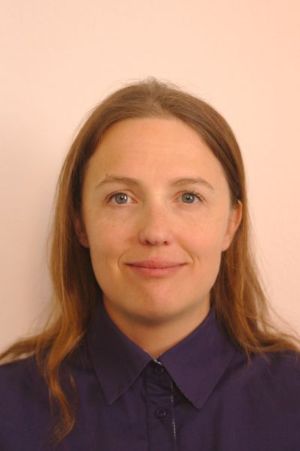Abstract:
Snow microstructure and its evolution play an important role for various applications of snow physics in cryospheric sciences. The main modes of microstructure evolution in snow are referred to as isothermal and temperature gradient metamorphism. The former describes the coarsening driven by interfacial energy while the latter is dominated by recrystallization processes induced by temperature gradients. An accurate description of these processes in snowpack models is of key importance. However, common snowpack models are still based on traditional grain metrics, originally tailored to field observations, and empirical evolution laws. This treatment of snow microstructure is essentially unrelated to recent advances of snow observations by micro-computed tomography (μCT).
Therefore we have identified suitable microstructure parameters and derived evolution equations for these from first principles. We developed methods that allow to utilize 4D μCT measurements of snow as a link between local ice crystal growth and upscaled microstructure as relevant on the scales of interest for common snowpack models. A rigorous, upscaled microstructure scheme is developed by deriving mathematically exact evolution equations for the density, specific surface area, the mean and Gaussian curvature and the second moment of mean curvature. The microstructural evolution is driven by local ice crystal growth. All parameters are upscaled by volume averaging and the correctness of the model is confirmed for the time evolution of idealized grains. The model can be compared to 4D μCT data without any a-priori assumptions. This benchmarking reveals the uncertainties of the interface tracking method which are largely caused by limited temporal and spatial resolution. The model allows to statistically assess the validity of ice crystal growth laws during snow metamorphism. For a temperature gradient experiment it is shown that a diffusion limited growth law is not consistent with the observed decay of the specific surface area. The developed model is a powerful and rigorous tool that is tailored to 4D μCT data. It connects microscale ice-crystal growth thermodynamics with the macroscale snowpack modeling.
